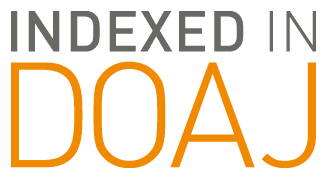Abstract
The term at-risk is used by educators and policymakers to describe a wide variety of students who struggle in schools (Kronholz, 2011). Factors associated with labeling students at-risk include minority status, poverty, language difficulties, low school attendance, and poor family support (Re~ Akpo-Sanni, Losike-Sedimo, 2012; Stockard, 2010). For many at-risk students, reading at a proficient level is a primary concern for school leaders and teachers (Allington, 2011; McAlenney & Coyne, 2011), especially with increased accountability including school sanctions for not closing reading achievement gaps (Chappell, Nunnery, Pribesh, & Hager, 2011). Although a plethora of interventions have been proposed to assist at-risk students, requiring students to repeat a grade continues to be used as a threat for students who are not proficient, despite evidence that suggests grade retention is detrimental to students on various outcomes (Battistin & Schizzerotto, 2012; Webley, 2012).
Recommended Citation
Range, Bret; Bruce, Mary Alice; and Young, Suzanne
(2018)
"School Counselors' Perceptions about lnterventions for At-Risk Students Including Grade Retention: Implications for School Leaders,"
School Leadership Review: Vol. 9:
Iss.
1, Article 5.
Available at:
https://scholarworks.sfasu.edu/slr/vol9/iss1/5
Included in
Educational Leadership Commons, Elementary and Middle and Secondary Education Administration Commons
Tell us how this article helped you.


